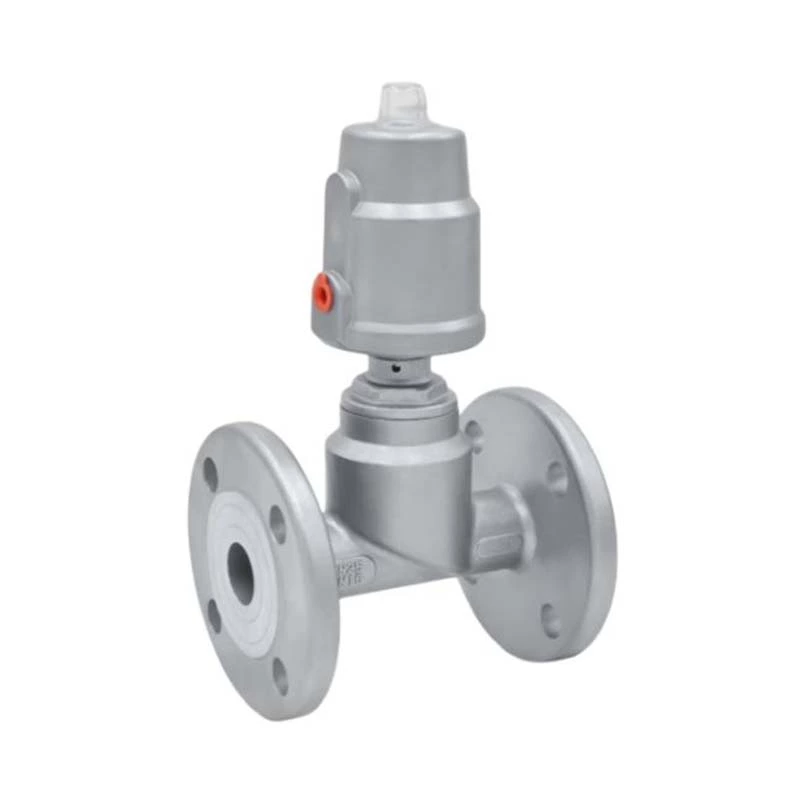Angle Seat Valve Working Principle And Installation Steps
Angle Seat Valve maintain flow rate and save space. They utilize a single-acting pneumatic actuator with a spring-loaded safety function to operate this guide angle seat valve. They can be operated in either normally open or normally closed configurations. They are widely used for short, frequent start-ups and offer quick response and precise operation. Asco angle seat valves maintain flow rate and save space. They utilize a single-acting pneumatic actuator with a spring-loaded safety function to operate this guide angle seat valve. They can be operated in either normally open or normally closed configurations. Asco angle seat valves are widely used for short, frequent start-ups and offer quick response and precise operation. When used in conjunction with a solenoid valve, pneumatic control can accurately control the flow of gases and liquids. This allows for precise temperature control and dripping of liquids. Moist heat sterilizers use angle seat valves to control steam flow and achieve precise temperature control.
Asco angle seat valve operating principle: This guide angle seat valve utilizes a single-acting pneumatic actuator with a spring-loaded safety function to operate this guide angle seat valve. They can be operated in either normally open or normally closed configurations. The SAV series is made of cast stainless steel and polytetrafluoroethylene and is suitable for most gases and liquids. For steam and corrosive applications, Asco angle seat valves feature a heat sink to protect the actuator. This ensures a long lifespan and flexible mounting position. The actuator housing rotates 350 degrees to facilitate pressure port positioning, enhancing flexibility. A standard indicator shows whether the valve is open or closed. After understanding the principle, let's learn more about angle seat valves.
Asco angle seat valve installation steps:
1. Before installing an Asco angle seat valve, first check the model number and the pneumatic angle valve's specifications. This will require on-site installation requirements and technical specifications. Inspect the pneumatic valve's cylinder and position indicator to ensure they are free of damage.
2. Before installing an Asco angle seat valve, clean the valve piping. If there are impurities in the piping, install a filter valve in the piping upstream of the valve. Press the arrow on the pneumatic angle seat valve body. If a solenoid valve is installed, ensure the joints are properly sealed. If welding is required, prevent high temperatures from being transferred to the packing and other parts of the pneumatic valve.
3. Since we are using Asco angle seat valves, we must perform regular maintenance to ensure a longer valve life and reliable opening and closing. The valve stem threads of pneumatic angle seat valves frequently rub against the valve stem nut. Apply a little yellow dry oil, molybdenum disulfide, or graphite powder for lubrication.
4. For valves that are not frequently opened and closed, it is also necessary to regularly turn the handwheel and apply lubricant to the valve stem threads. This will prevent seizure. If the valve is installed outdoors, a protective cover should be added to the valve stem to protect it from rain, snow, dust, and rust. Asco Angle Seat Valve Working Principle and Installation Steps
